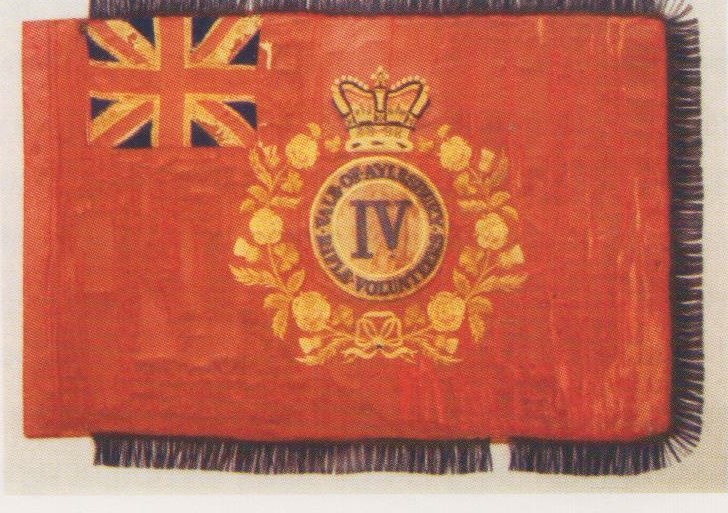Fears of French invasion led to the government somewhat reluctantly bowing in May 1859 to the volunteer offers that began to pour in. Corps had to apply to the Lord Lieutenant for authorisation and also required a safe rifle range of at least 200 yards, a secure armoury, and an approved uniform. The official date of formation was that on which the offer forwarded by the Lord Lieutenant was accepted by the Secretary of State for War, and usually coincided with the dates of commission of the first officers as printed in the Army List.
The 4th Bucks (Aylesbury) RVC was officially accepted on 11 May 1860, the first public meeting to organise it having been held on 22 December 1859, with the proposed rules printed on 14 January 1860. The Lord Lieutenant, Lord Carrington, had doubts in allowing the corps to drill in County Hall as it might damage the floor, but otherwise put no obstacles in the way of acceptance. The first parade was held on 17 June 1860. The Aylesbury men applied to Carrington to take the number of 1st Bucks RVC as they were a full company compared to the half companies so far established elsewhere in the county, but Carrington declined to allow it. Marlow, therefore, had the distinction of being the 1st Bucks RVC. The first regular who inspected the new Aylesbury corps suggested it was badly officered and worse drilled.
The Aylesbury committee included Acton Tindal, who was both Clerk of the Peace and Clerk to the Lieutenancy; his eventual successor, Edward Baynes; Julian James, who was secretary to the Savings Bank; John Parrott, County Coroner and Clerk to the Board of Guardians; and John Kersey Fowler, Chairman of the Gasworks and proprietor of the White Hart. Tindal became the corps’ lieutenant, whilst the captaincy went to the Hon. Florance George Irby of Hedsor House, later 5th Lord Boston.
A Rifle corps was not supposed to carry Colours but the Aylesbury corps was presented with this unofficial Colour by the wife of Lieutenant Colonel Walter Caulfeild Pratt of Oving House, who commanded the Royal Bucks King’s Own Militia, on 12 November 1860 at St Mary’s Field. Irby was Pratt’s nephew and Mrs Pratt had worked the Colour herself in red silk with embroidered roses, shamrocks and thistles encircling applied regimental details and crown with metal fringing. It is 1200 x 800mm.
